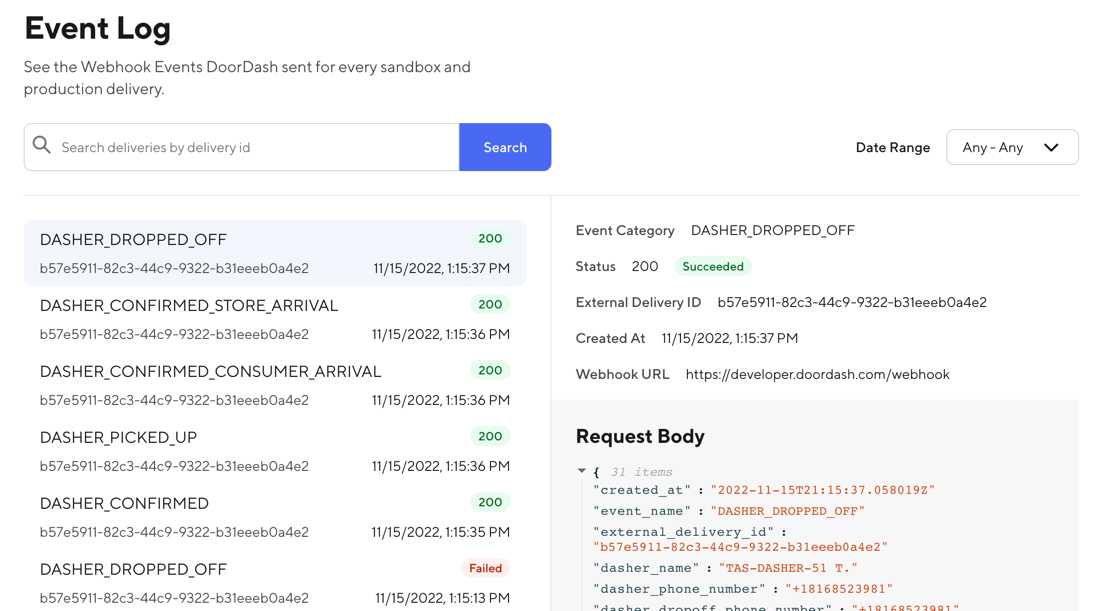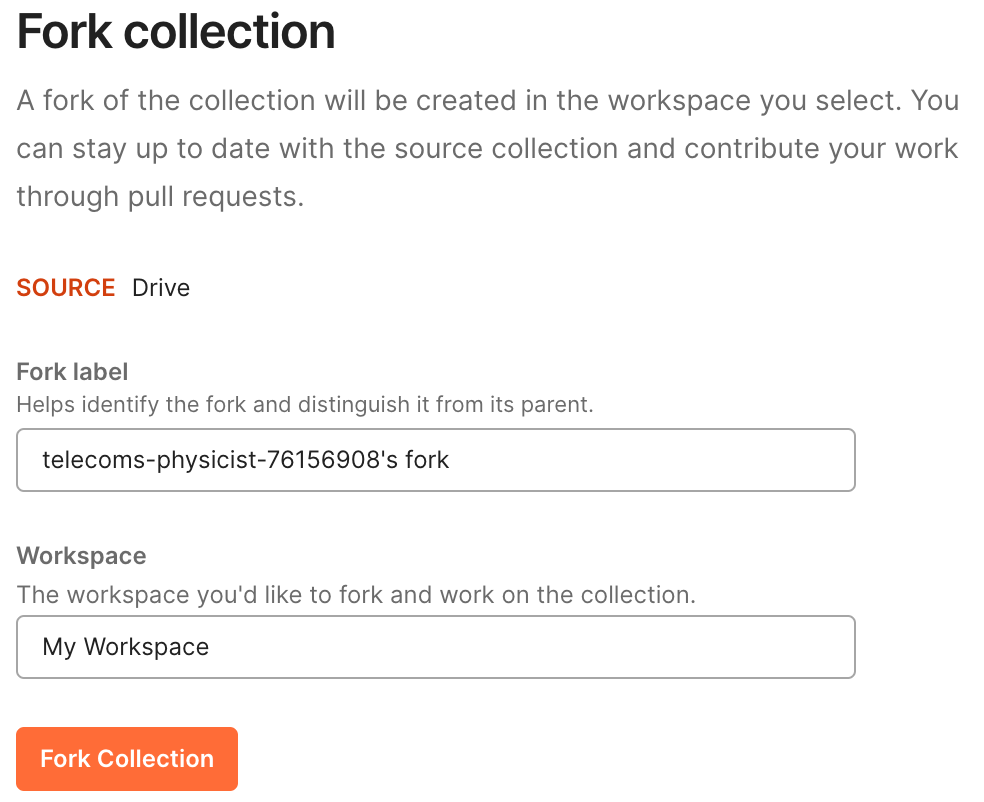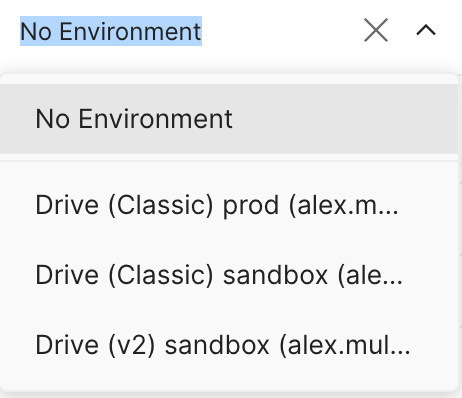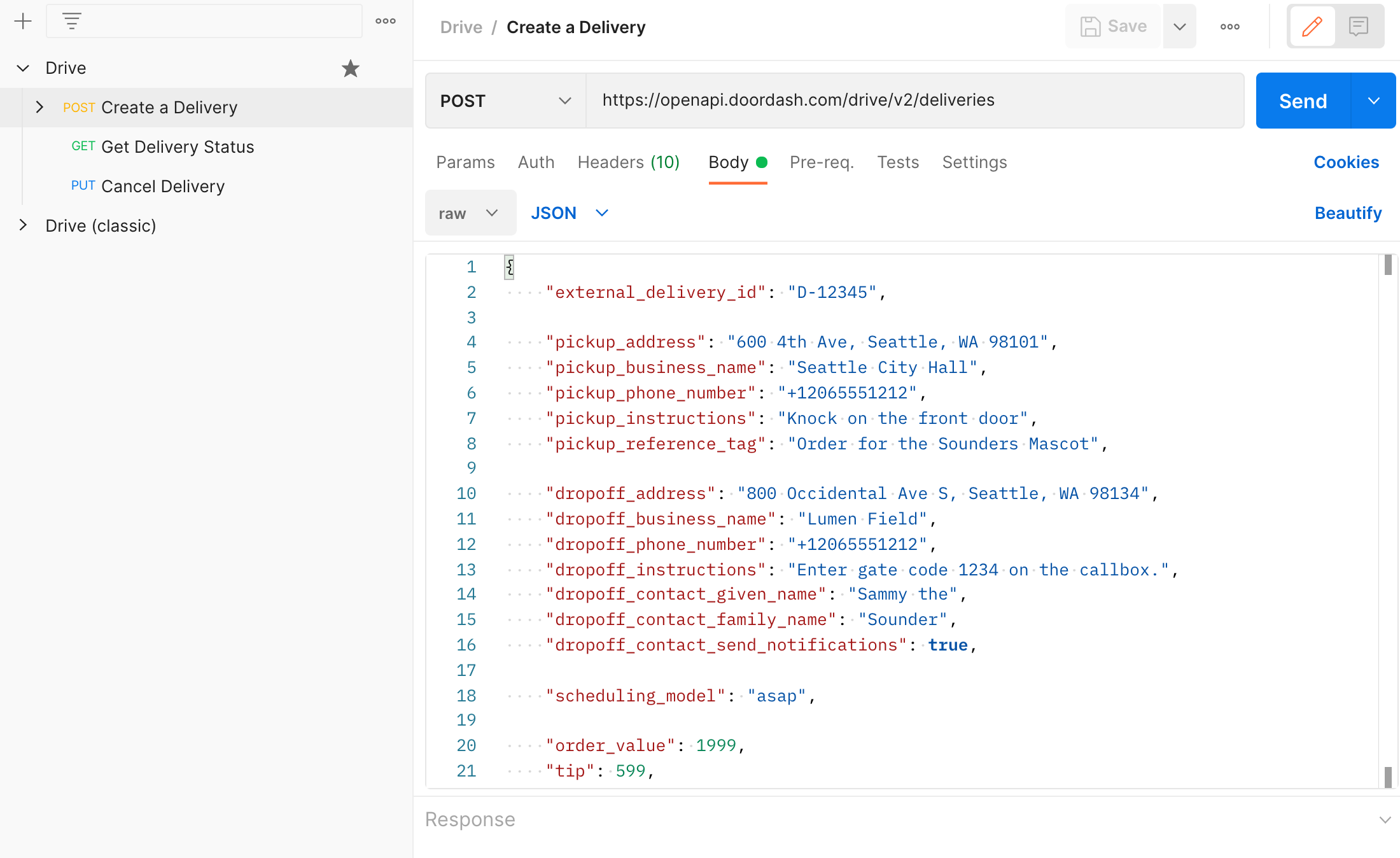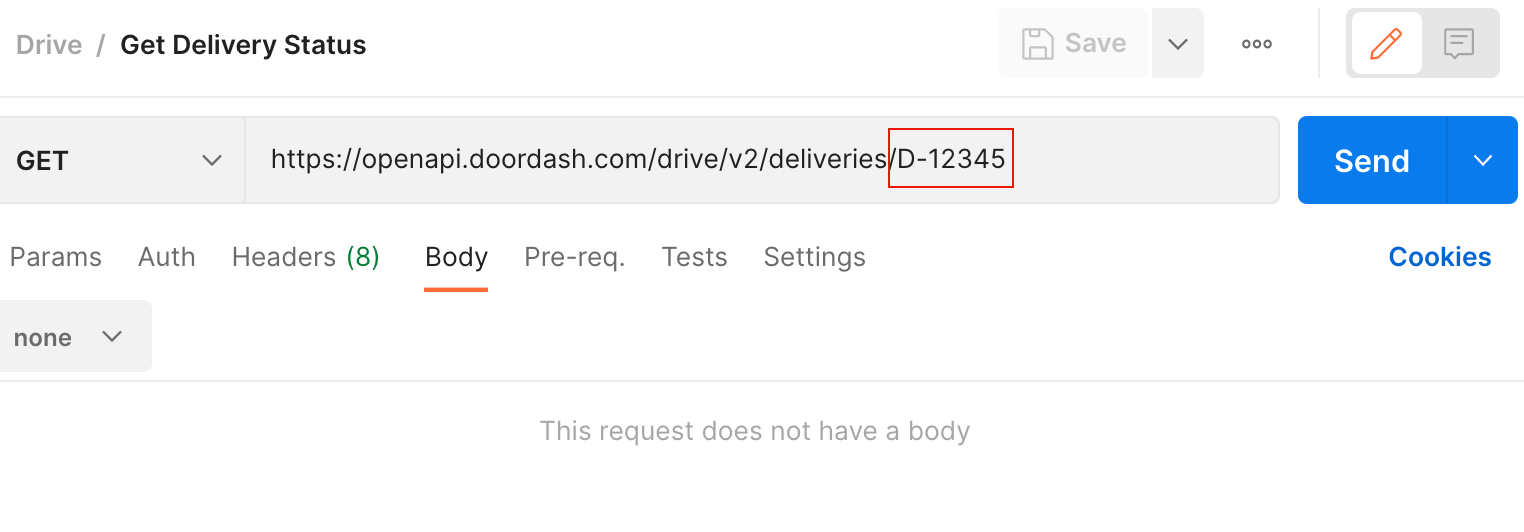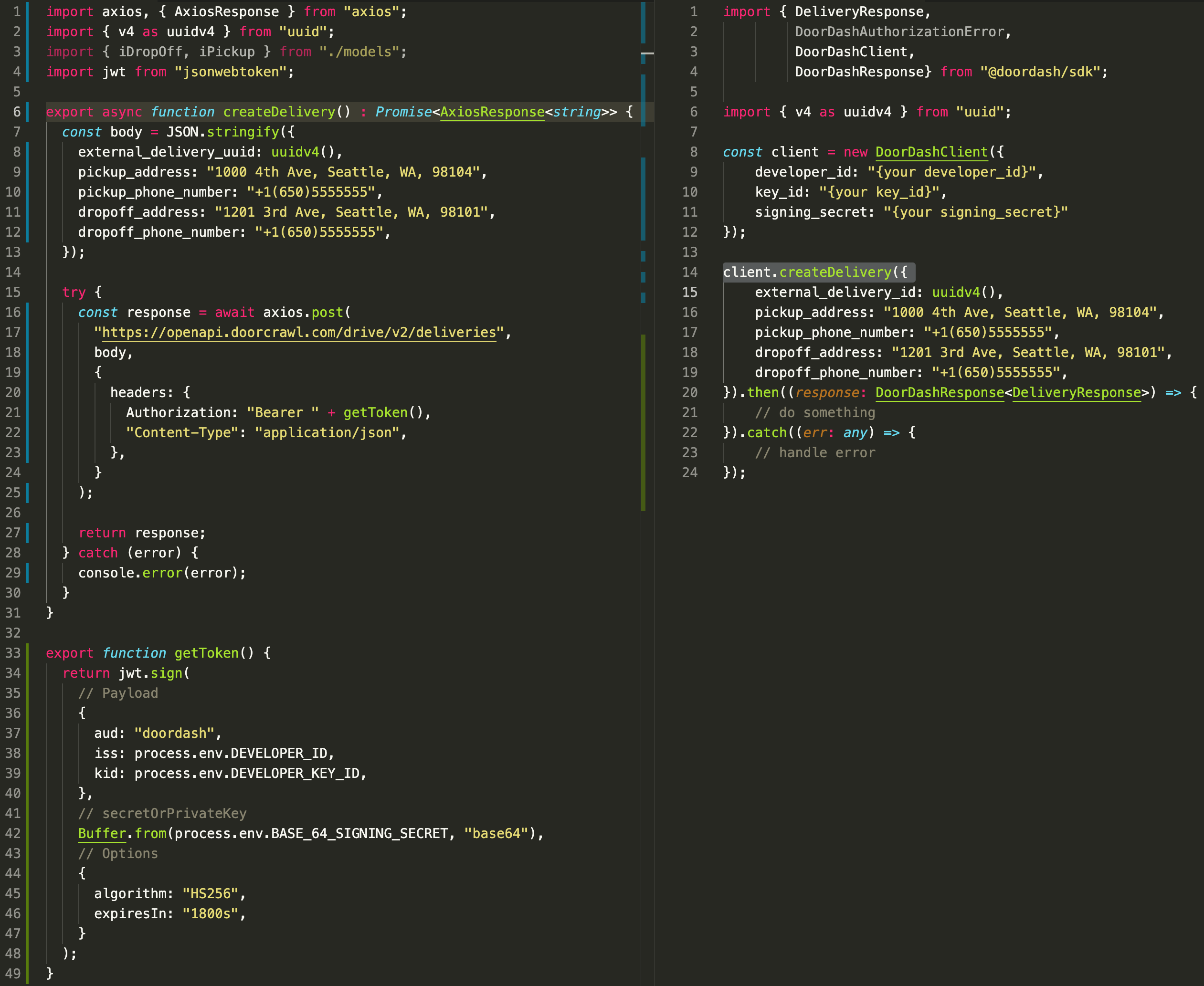Whether you're using our white-label delivery product and need food to be picked up just as it's hot and ready to go, or you're bringing orders from DoorDash Marketplace into your point-of-sale and kitchen systems in the height of the dinner rush, you customers expect that everything "just works". To meet those expectations, we strive to ensure that every integration between DoorDash and our partners—merchants, online ordering systems, point-of-sale systems, etc.—is highly reliable.
To help integration providers create highly reliable integrations, we're introducing new tools that make it easier to monitor and troubleshoot an integration: integration health dashboards and event logs. We're also introducing tools and guides that enable every partner to build a more fully-featured integration right from the start, including an upgraded delivery simulator for DoorDash Drive and feature usage tracking built into the Developer Portal.
Monitor the health of your integration with new dashboards
We've introduced new dashboards in the Developer Portal that show you up-to-the-minute status, and a historical view, of API requests (from you to DoorDash) and webhooks (from DoorDash to you). You can use these dashboards to see, in ~real-time, if something is wrong between DoorDash and your systems. Soon, we'll also proactively notify you if we detect an issue with the integration, so that it's even faster to remediate and get back to accepting orders and requesting deliveries.
You can check out your dashboard in the Developer Portal - look for the new Overview tab!
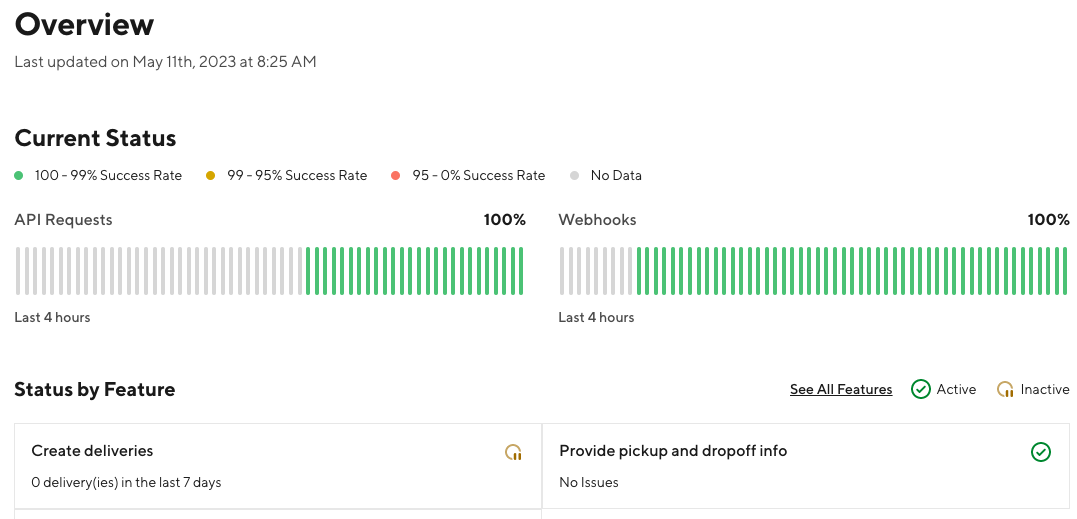
Investigate issues using the event log
The Developer Portal now keeps a log of every API request & response we exchange with your integration, in addition to the webhook logs we introduced late last year. This can help if you're trying to troubleshoot issues with a particular delivery or order, because you can see the full request that DoorDash received from your integration and what we sent back as a result.
To get started with Event Logs, head into the Developer Portal and look for the Event Log tab.
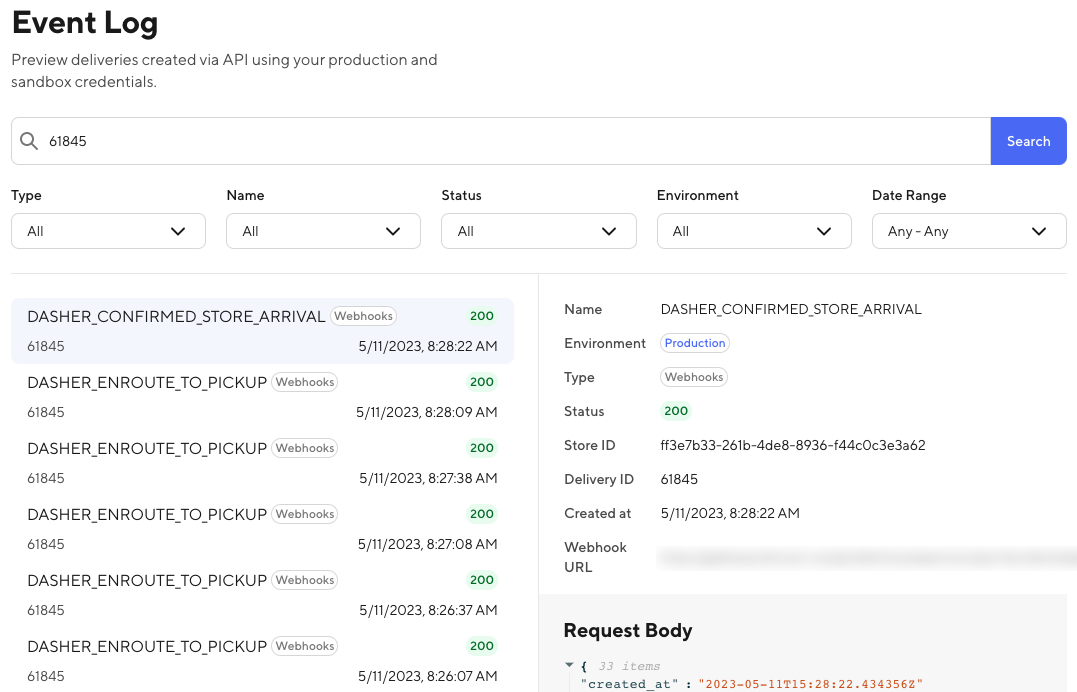
Personally identifiable information (or "PII") is redacted before it's stored in the Event Log. It's normal to see REDACTED in the Event Log when looking at a field that has PII, like dropoff_contact_given_name.
Track and discover new features
The new Features page in the Developer Portal will have a full list of all Marketplace and Drive features. Each feature will be linked to DoorDash’s developer documentation with detailed guides to help you implement and enable these features. As new features are built,they will be checked off helping you keep track of your integration.
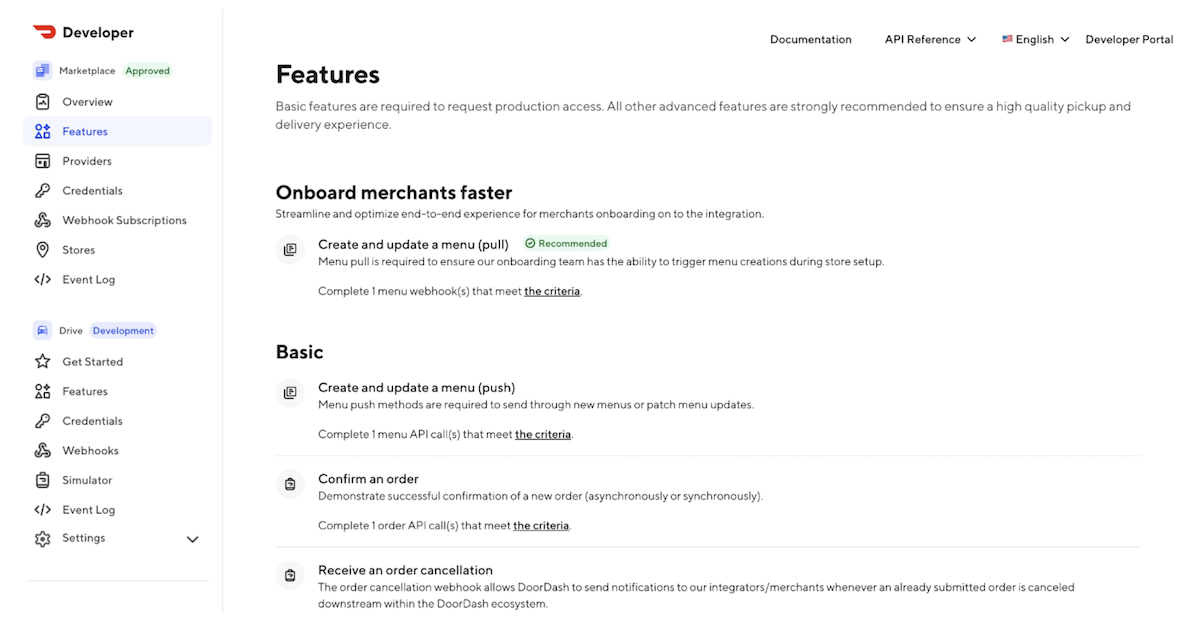
Get Started with Doordash APIs
The Getting Started Page will help guide you through the steps to successfully integrate with Doordash APIs. The page has step by step directions to help you to set up your test environment, generate access keys, and configure test stores. It also walks you through building required features for a Doordash integration and the steps to get your production environment approved.
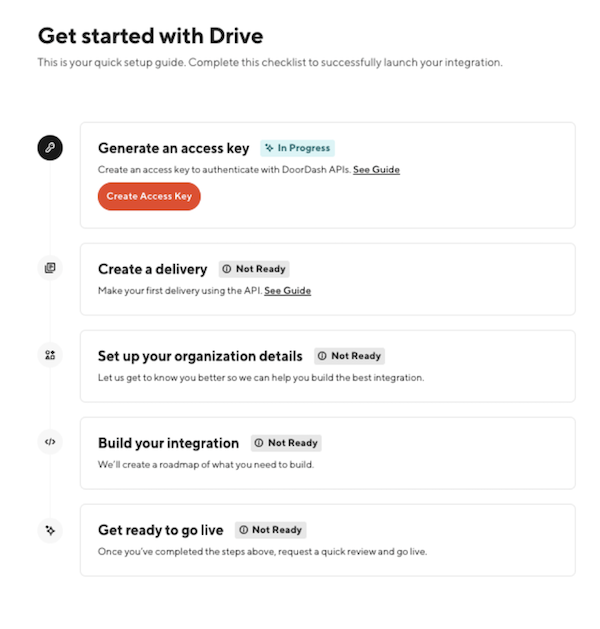
Drive integrations: test "enroute" webhooks and more with an upgraded simulator
When you build an integration for Drive, our API for on-demand local delivery, you can use the Delivery Simulator to fully test out your integration and make sure you're prepared for anything that can happen during a live delivery. Based on feedback from our integration partners, we've added some frequently-requested capabilities to the simulator. You can now simulate:
- The "enroute" webhooks that your app can use to show the Dasher's location in real time on a map
- A returnable delivery
- A high-value or signature-required delivery
- A Dasher reassignment
- A DoorDash Support-initiated cancellation
To get started, go to the simulator, create a delivery, and look out for new options like the ones shown here:

Share your thoughts
Whether you're building an integration with DoorDash for the first time or you've been a partner for a long time, we look forward to your feedback on these new tools. Join us in the DoorDash Developer Discord and tell us your thoughts!
